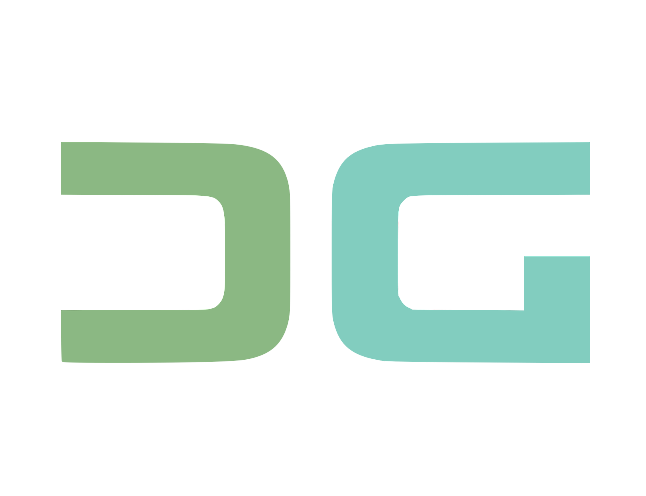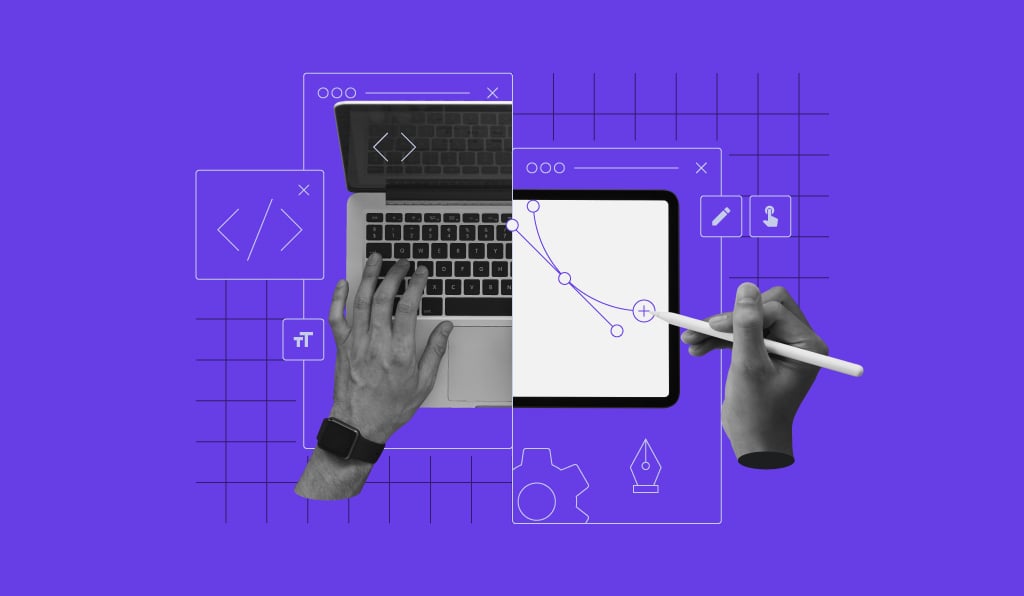
GraphQA focuses on simple tasks related to graphs, like checking if an edge exists, calculating the number of nodes or edges, finding nodes that are connected to a specific node, and checking for cycles in a graph. These tasks might seem basic, but they require understanding the relationships between nodes and edges. By covering different types of challenges, from identifying patterns to creating new connections, GraphQA helps models learn how to analyze graphs effectively. These basic tasks are crucial for more complex reasoning on graphs, like finding the shortest path between nodes, detecting communities, or identifying influential nodes. Additionally, GraphQA includes generating random graphs using various algorithms like Erdős-Rényi, scale-free networks, Barabasi-Albert model, and stochastic block model, as well as simpler graph structures like paths, complete graphs, and star graphs, providing a diverse set of data for training.
When working with graphs, we also need to find ways to ask graph-related questions that LLMs can understand. Prompting heuristics are different strategies for doing this. Let’s break down the common ones:
- Zero-shot: simply describe the task (“Is there a cycle in this graph?”) and tell the LLM to go for it. No examples provided.
- Few-shot: This is like giving the LLM a mini practice test before the real deal. We provide a few example graph questions and their correct answers.
- Chain-of-Thought: Here, we show the LLM how to break down a problem step-by-step with examples. The goal is to teach it to generate its own “thought process” when faced with new graphs.
- Zero-CoT: Similar to CoT, but instead of training examples, we give the LLM a simple prompt, like “Let’s think step-by-step,” to trigger its own problem-solving breakdown.
- BAG (build a graph): This is specifically for graph tasks. We add the phrase “Let’s build a graph…” to the description, helping the LLM focus on the graph structure.
We explored different ways to translate graphs into text that LLMs can work with. Our key questions were:
- Node encoding: How do we represent individual nodes? Options tested include simple integers, common names (people, characters), and letters.
- Edge encoding: How do we describe the relationships between nodes? Methods involved parenthesis notation, phrases like “are friends”, and symbolic representations like arrows.
Various node and edge encodings were combined systematically. This led to functions like the ones in the following figure:
Source Credit: http://blog.research.google/2024/03/talk-like-graph-encoding-graphs-for.html




